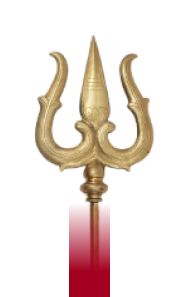
The Divine Mother’s Wrath – Maha Kali and ‘Kala’
Goddess Ambika Projects The Terrible Maha Kali from Her Own Angry Countenance. Maha Kali Devours the armies of demons, falling upon them impetuously and slaughtering

Goddess Ambika Projects The Terrible Maha Kali from Her Own Angry Countenance. Maha Kali Devours the armies of demons, falling upon them impetuously and slaughtering
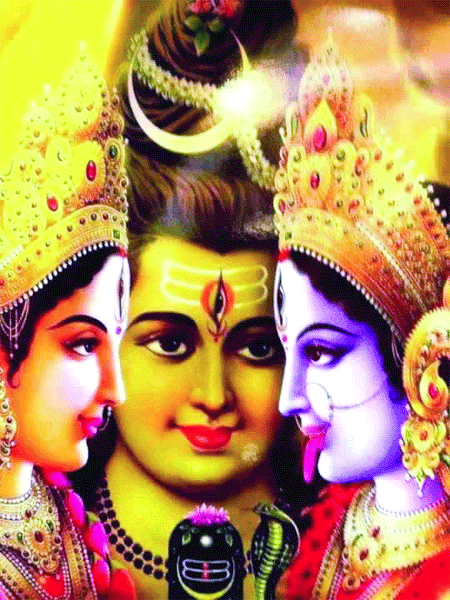
The Goddess Has Two Forms- One Auspicious and The Other Terrible, similar to Shiva’s terrible form as Rudra apart from His usual auspicious form. This
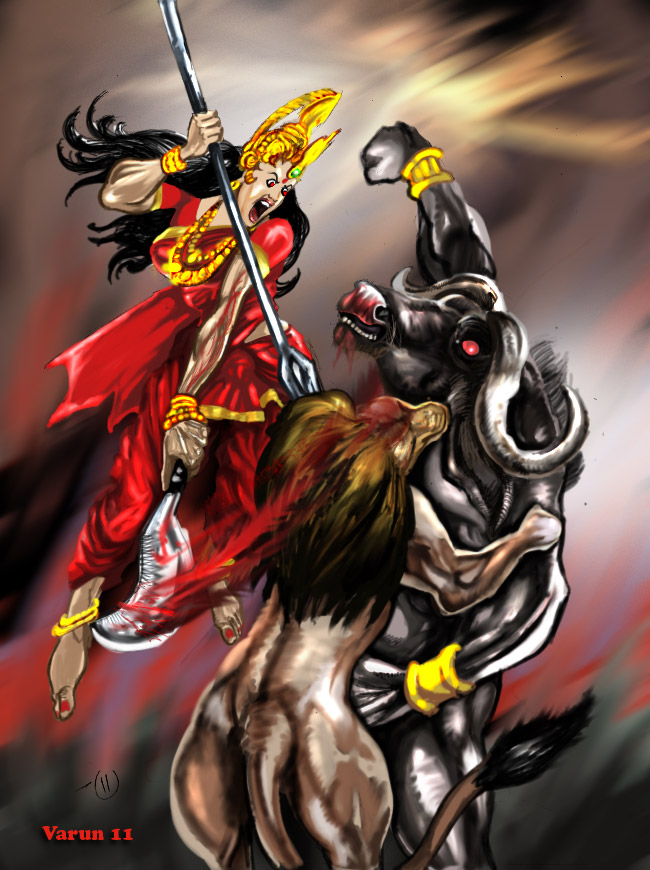
mahishasura’s episode from The “Devi Mahatmya” reveals that through active struggle with divine rajas, one can easily overcome enslavement to the indriyas and live righteously
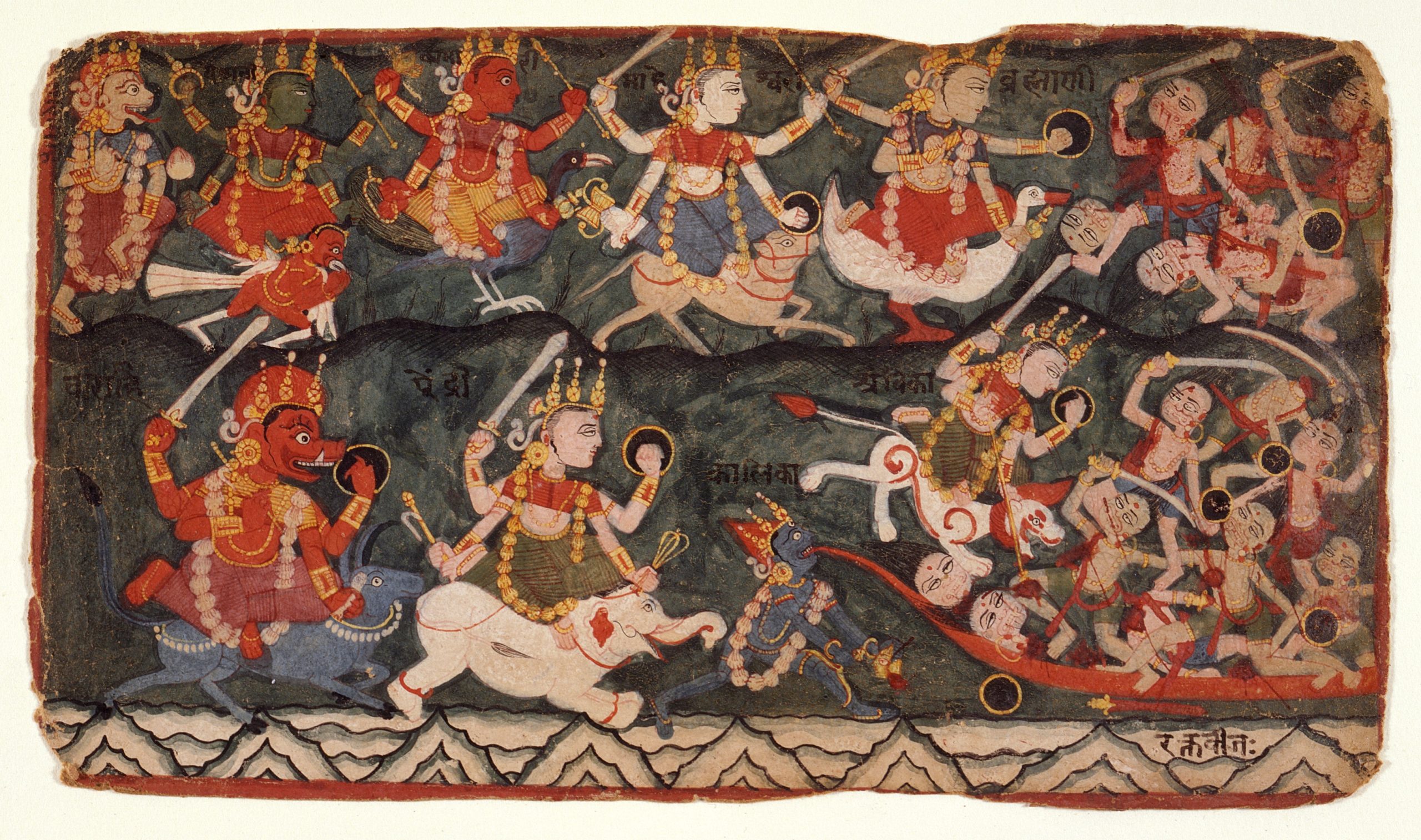
Perplexed by the multiple names employed to refer to The Goddess- Maha Devi, Chandika, Ambika, Maha Kali, Ma Chamunda, Ma Brahmani, Devi Maheshwari, Ma Kaumari,

The combat between The Divine Mother and sumbha (in the final or third charita) symbolically represents battle between false-ego with the ‘True Self’, where the
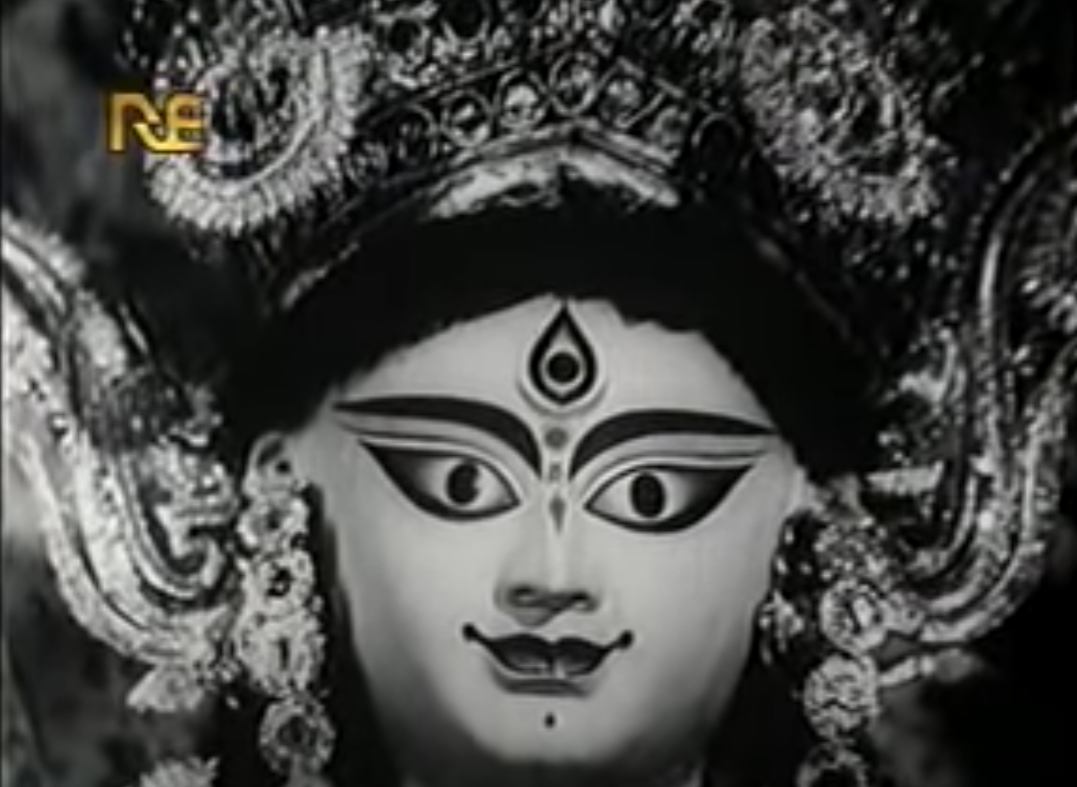
This final victory represents the realization of the true Self, the end of all multiplicity, the steady experience of Oneness, and the passage from an
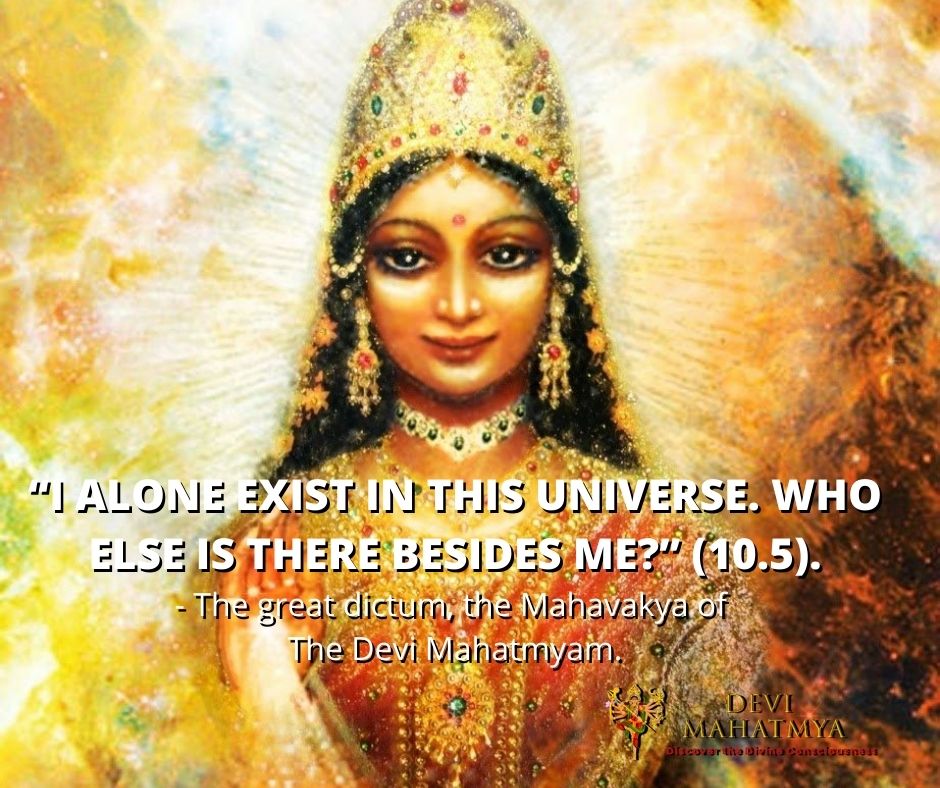
Perplexed by the multiple names invoked to refer to The Goddess- Devi, Chandika, Ambika, Kali, Ma Chamunda, Brahmani, Maheshwari, Kaumari, Vaishnavi, Varahi, Narasimhi, Aindri and
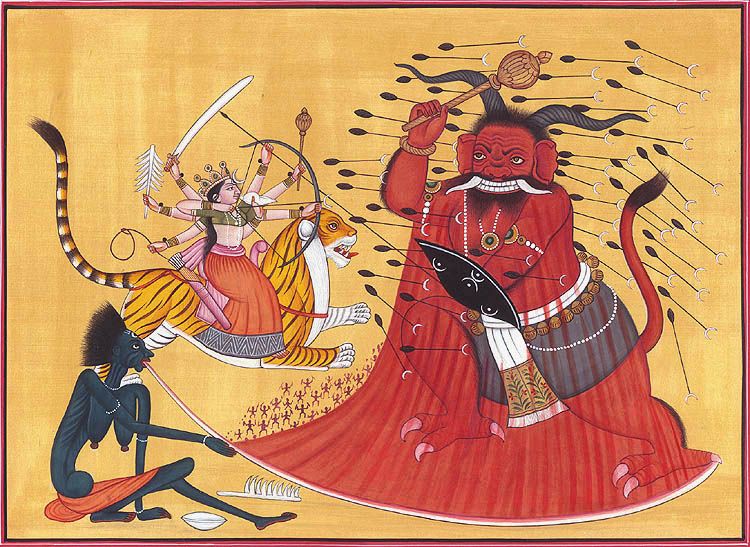
raktabija, who strides onto the battlefield after the death of Chanda and Munda, is none other than the citta vrttis. That raktabija is symbolic of
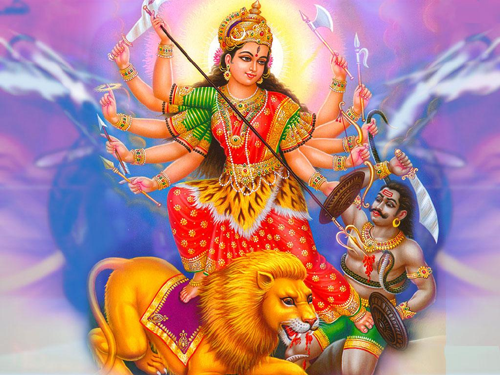
What do these two asuras denote? chanda means ‘fierce’ or ‘passionate’ while munda denotes a ‘shaved head’. Generally a shaved head is symbolic of vairagya
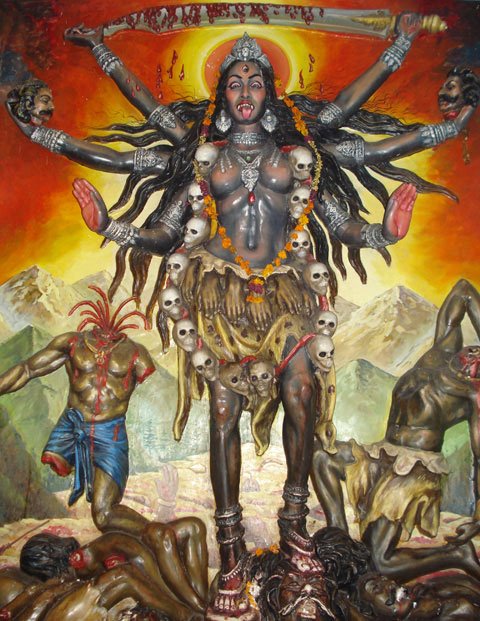
The root word ‘bha’ in the names of shumbha and nishumbha means ‘light’. However, their light is not real like the light from the
